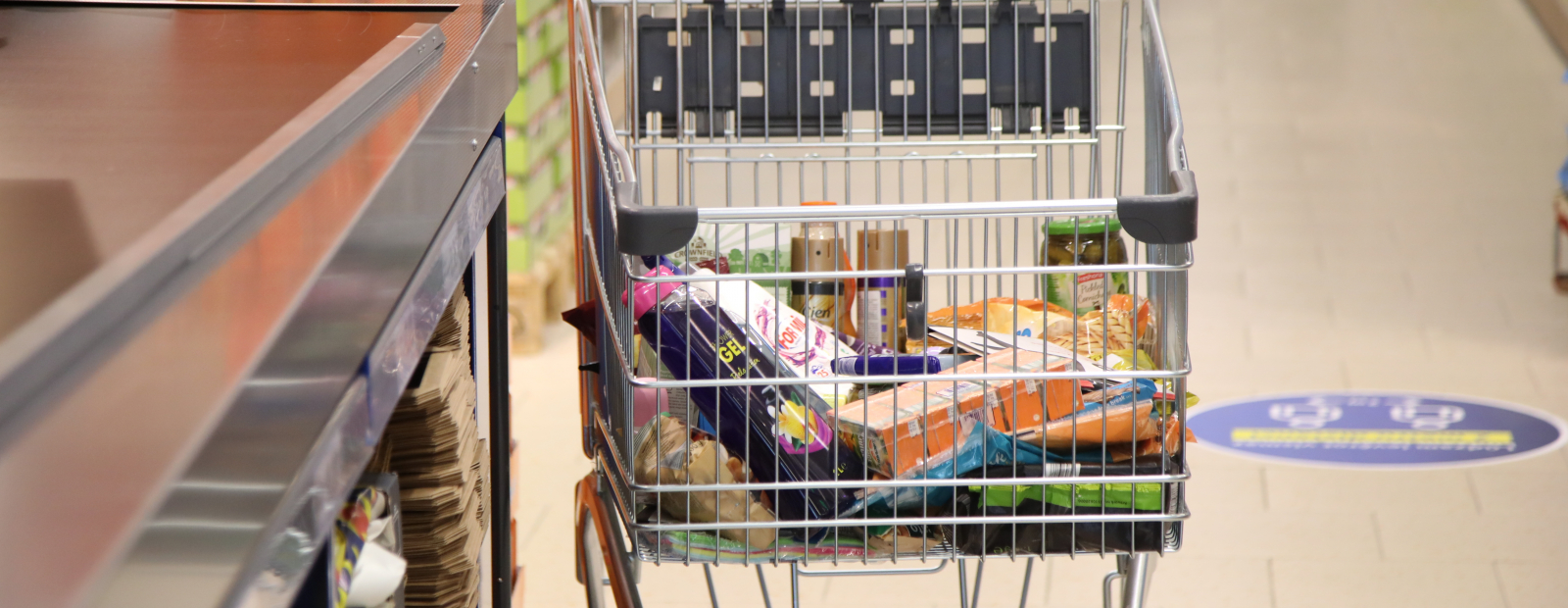In September of this year, an increase in production volumes was registered in Latvian industry, with output increasing by 5.8% compared to September 2020, according to the Central Statistical Bureau. Taking into account higher output growth in July, total industrial output in the third quarter was 6.3% higher than a year ago (at constant prices), but in the first nine months of this year the growth reached 7.6%.
The Ministry of Finance explains that the largest contribution to the growth of industry in September was made by the largest sub-sector – manufacturing, which grew by 6.7% year-on-year. Electricity and gas supply increased slightly by 0.7%, but increased by 38.6% compared to August this year. In contrast, mining and quarrying fell by 1.1%, the first monthly decline since February this year.
Among the manufacturing sub-sectors, the largest increases are in the manufacture of motor vehicles, trailers and semi-trailers (up 28.8%) and furniture (up 29.6%). The MoF emphasizes that both of these sub-sectors have shown high growth rates since the end of last year. Although these manufacturing sub-sectors are not the largest, their high growth contributes to the growth of total manufacturing output.
Similarly, a significant increase in September for chemicals and products – by 39.2%, where output increases are observed along with the increase in Covid-19 morbidity.
In contrast, output in the wood industry, the largest of the manufacturing sub-sectors, grew by only 1.7%, the lowest fixed growth since March this year, while it grew by 8% in nine months.
Electricity and gas supply output increased by 0.7% in September. Of which, the total volumes of electricity generated by power plants in September were 5.6% lower than in the corresponding period last year. After the sharp decline in gross electricity production in August due to the decline in cogeneration, the output of cogeneration plants in September was almost three times higher than in August, or an increase of 5.2% compared to September last year.
On the other hand, the electricity output of hydropower plants has been showing low production volumes for the third month in a row, falling by 25.9% in September compared to last year. In the third quarter of this year, gross electricity production was 20.7% less than last year, which, in turn, contributed to a 31% increase in electricity imports.
The MoF explains that in the third quarter, the overall increase in industrial output was negatively affected by the aforementioned electricity and gas supply, which fell by 7.6%, with particularly low output in August. However, growth of 7.9% in manufacturing and 8.1% in mining and quarrying (especially in July and August) led to a relatively stable growth of 6.3% in total industry.
Meanwhile, in nine months, increases were recorded in all industries, according to the Ministry of Finance. The smallest growth in electricity and gas supply – by 2.5%, but the total industrial growth of 7.6% was ensured by the rapid growth of manufacturing by 8.6%. The mining industry also saw a stable growth of 6.6%.
The latest economic confidence indicators show that the mood of Latvian industrialists is slightly better than the overall Latvian economic confidence index, the Ministry of Finance informs. Sentiment in the industrial sector, similarly to last month, remains at the pre-crisis level, but the overall Latvian economic confidence index occupies a long-term average position. In Europe, meanwhile, sentiment in both the overall economy and industry has set new records since July this year. Currently, the worst pandemic situation in Europe is in the Baltic States, which also does not allow Latvia’s confidence indicators to approach European indicators, the MoF explains.
–


